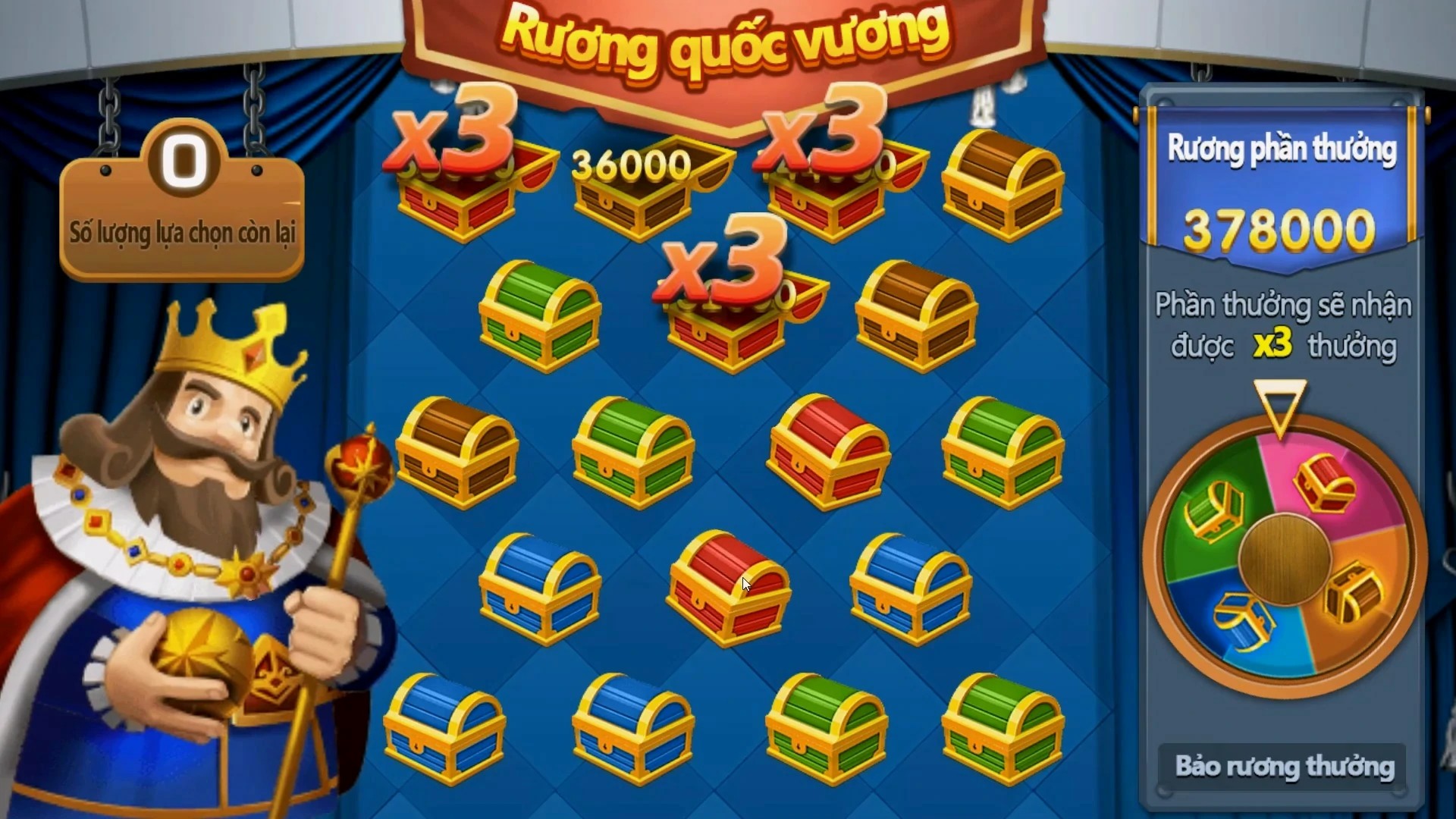Unveiling a Shift in Perspective
If you had asked the average person on the street just five short years ago what their thoughts were on mobile games, most would’ve mentioned Candy Crush Saga. Today, though, you're equally likely to get an excited rant from someone about the latest under-the-radar game they discovered by some indie developer in Helsinki that's making its way across social media and Discord communities.
A lot of attention over the past decade rightly went into major studios—Triple-A companies who made sure the casual gamer had plenty of distractions during long waits at the dentist or during daily bus rides. However, a subtle revolution has occurred right beneath our digital noses—and it all stems from the growing power of indie games.
| Game Title | Platform | Release Year | Downloads (approx) | Daily Engagement |
|---|---|---|---|---|
| Celeste | iOS, Android | 2018 | 6M+ | 72 minutes/player |
| Stardew Valley | iOS, Android | 2016 (Mobile) | 14M+ | 93 minutes/player |
| Minsko Cards | Android | 2021 | 450K+ | 40 minutes/player |
| Baba Is You | iOS | 2020 | 320K+ | 30-50 min per session |
Innovation from the Outsiders
They take bold artistic risks and craft deeply personal experiences that often become viral sensations overnight. One moment we think games should be colorful and easy for five-minute play sessions, and suddenly we're hooked on a monochrome minimalist puzzle title where losing is how you win—and the gameplay feels fresh again.
- Celeste broke records not with fancy graphics, but its intense storytelling tied to platforming skills.
- Dungeons & Drag queens was a niche mobile RPG hybrid before being taken seriously.
This surge in creativity challenges what we've accepted as standard on phones.
The Role of Story-Driven Mechanics
Mind-bending mechanics? Check. Indie titles aren't limited to pixelated nostalgia anymore—they’re rewriting what story integration means. Think Monument Valley levels designed with M.C. Escher-esque architecture fused into emotionally charged narratives, guiding players through visual illusions as emotional allegories—not side quests. These mechanics don’t feel slapped together like old arcade cabinets forced to add touchscreens mid-cabinet run.
Roguelikes have morphed too: once roguelights became dominant on mobile—until games started merging D&G role-playing dynamics (yes, sometimes literally using the classic 20 sided die rolls via augmented RNG systems). Suddenly your lunch hour turned into crafting spells on an improvised tabletop battlefield while riding to work via train.
Key Takeaway: In today’s mobile landscape: Story immersion matters more than ever Mechanics must surprise without exhausting Player choice still dominates over AI paths
Cultural Fusion within Independent Studios

- Ecuadorian developers blending folklore with real-time card battles.
- Japan sees a wave of rhythm-action-adventure hybrids inspired by ancient taiko traditions reimagined as AR-enhanced tap sequences.
- Nigerian designers building procedurally generated mystery titles layered with Afrofuturist mythologies told via dual language UI support.
D&D Revival through Mobile Mediums
- Mobile allows DM-less dungeon runs thanks to clever AI scripting
- Tabletop classics are gaining modern reinterpretation as interactive graphic books
- Cozy campaigns can be resumed offline without WiFi dependency—a big bonus outside metro areas in many countries
- VTT tools (digital versions) becoming lighter and easier for smaller teams
Fighting Monoculture: Why Diversity Counts
| Trend Type | Classic Interpretations vs Indie Variants | Idea Risk Factor | Global Adoption Curve |
|---|---|---|---|
| Puzzle Solving Games | Old Match3 models → Quantum logic spatial arrangements via motion sensor | HIGH | Middle East leading adoption curve, North Am dragging late |
| Fantasy Adventure Genres | Traditional D&D derivatives ➝ Post-mythological urban quest structures in Bogotá neighborhoods | MEDIUM-HIGH | LatAm shows early adoption spike ahead of Western markets |
| Sports Game Revamp | "Wrestling games like WWE Ladder Crash modes → Experimental physics engines simulating impact injury effects" | MEDIA-STABLE | US teens adopting fast but Japan hesitant due conservative cultural stance on injuries in 'play' context" |



